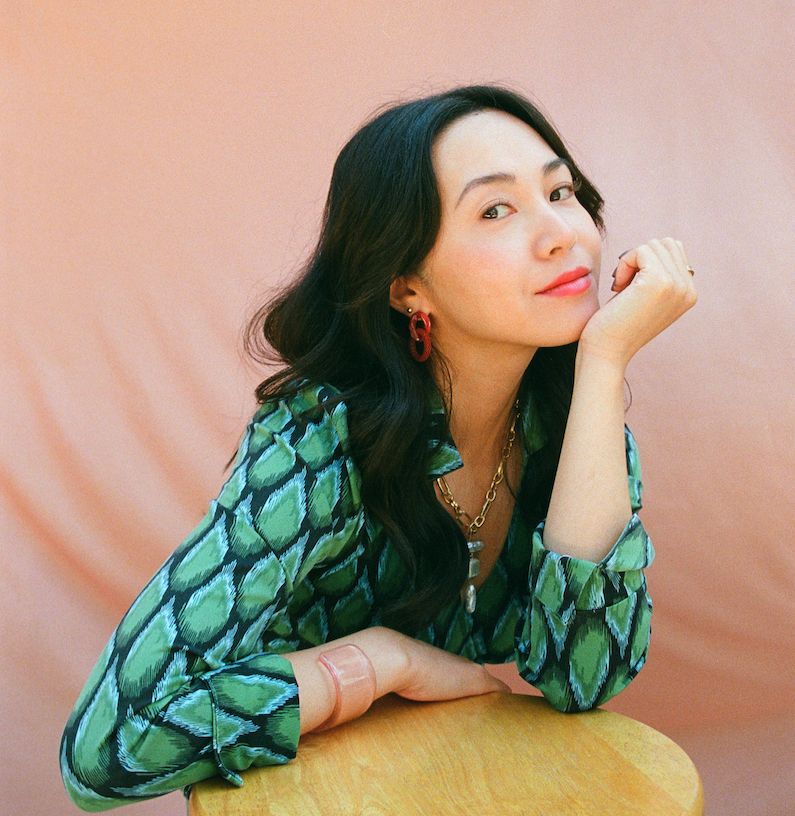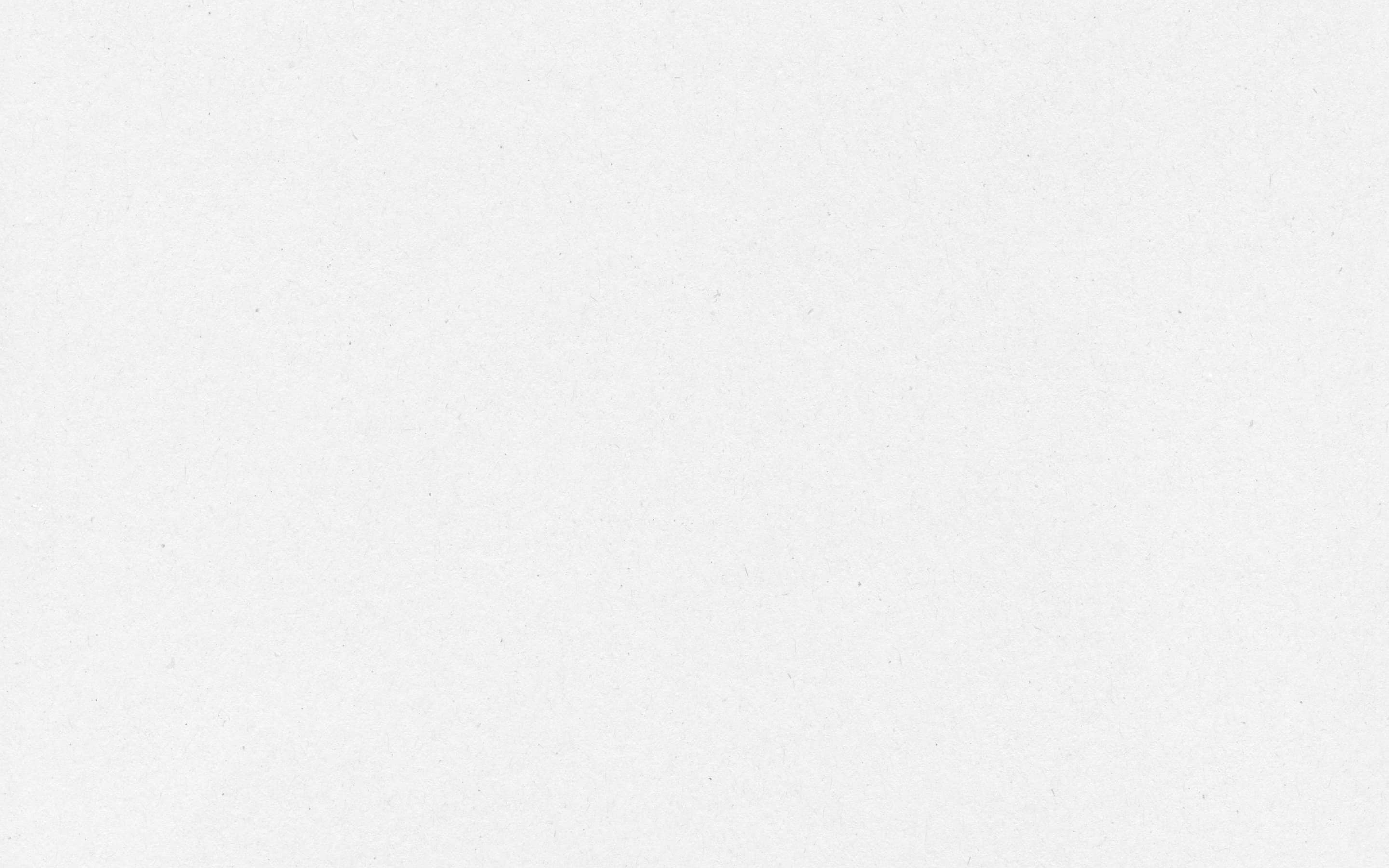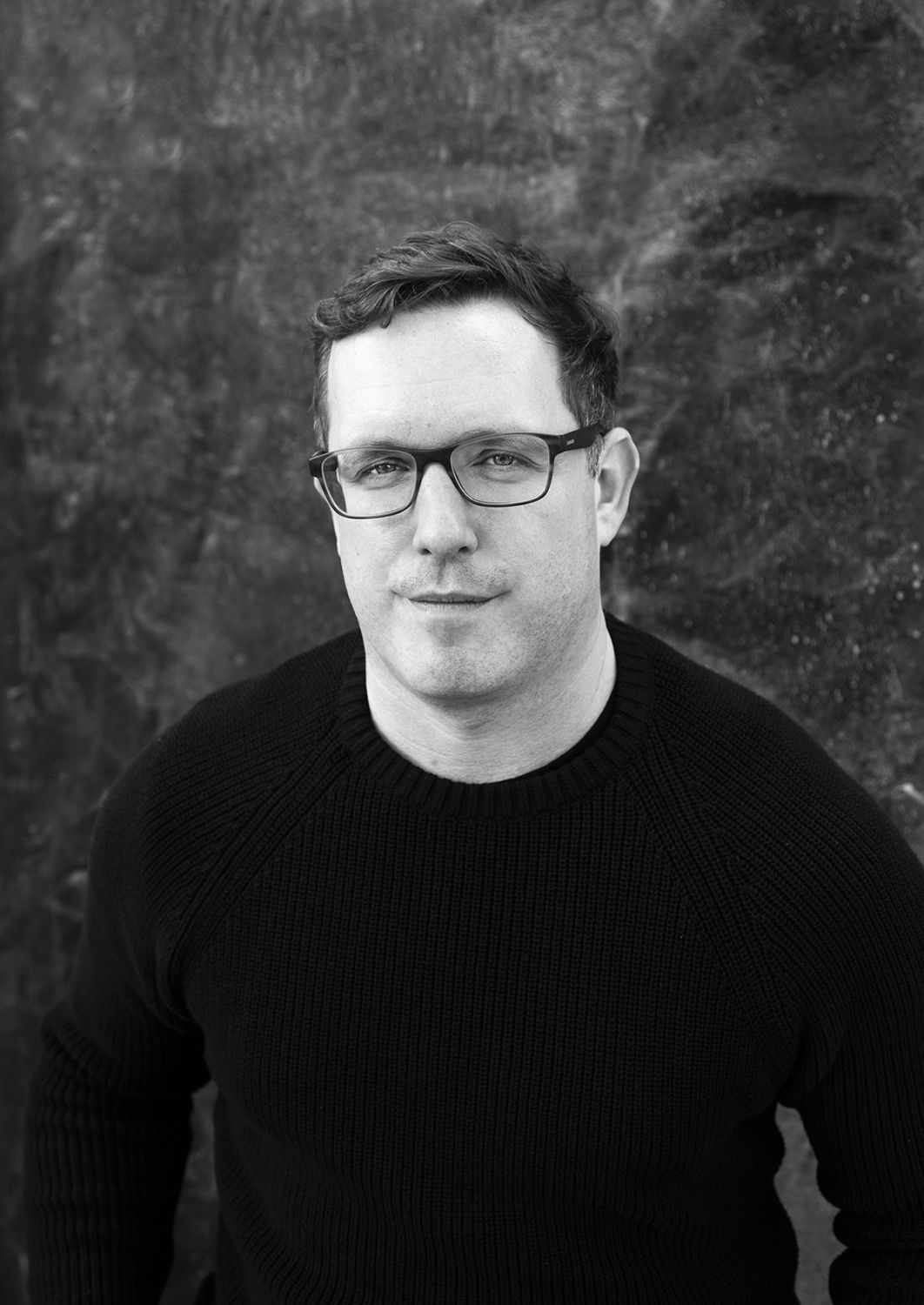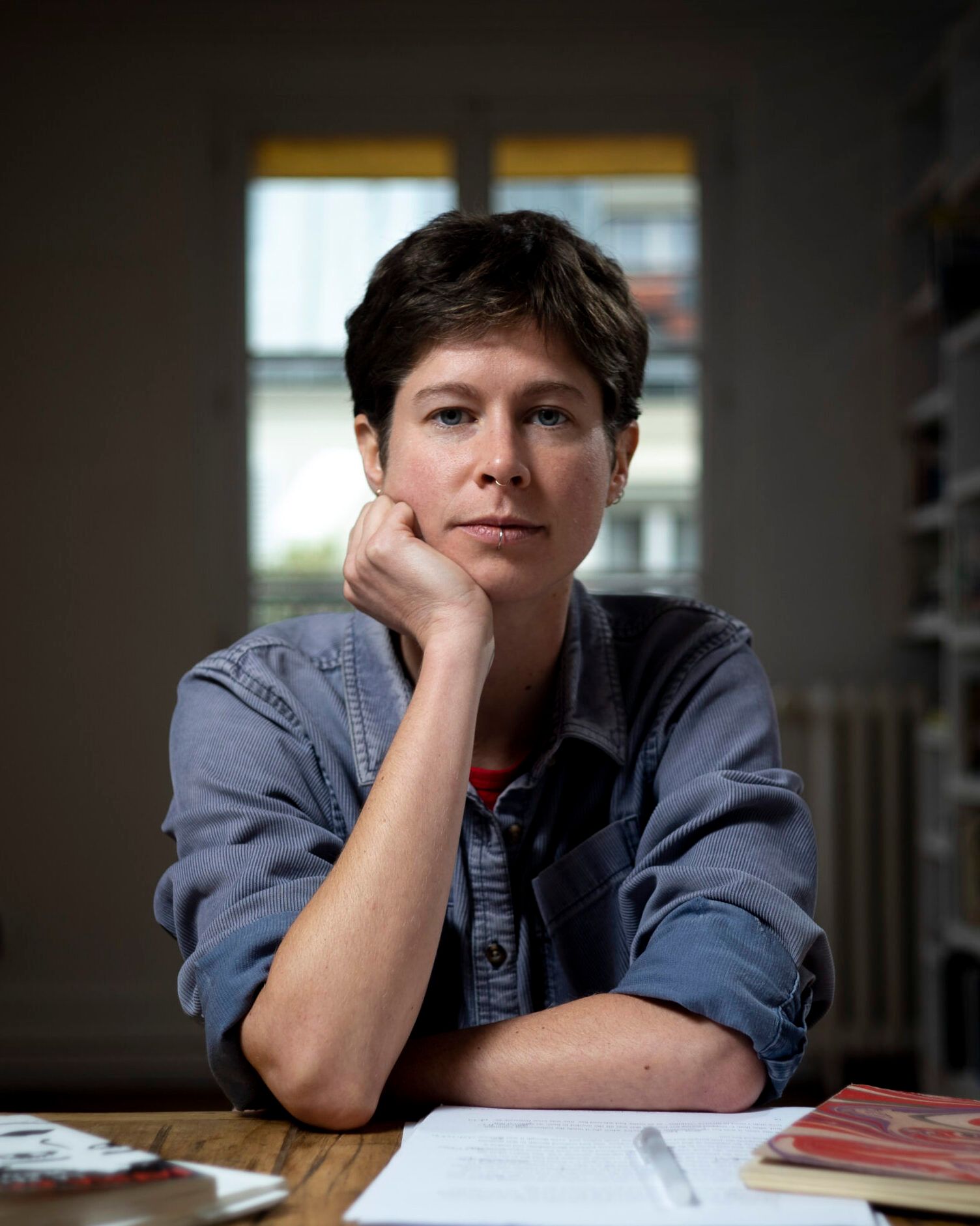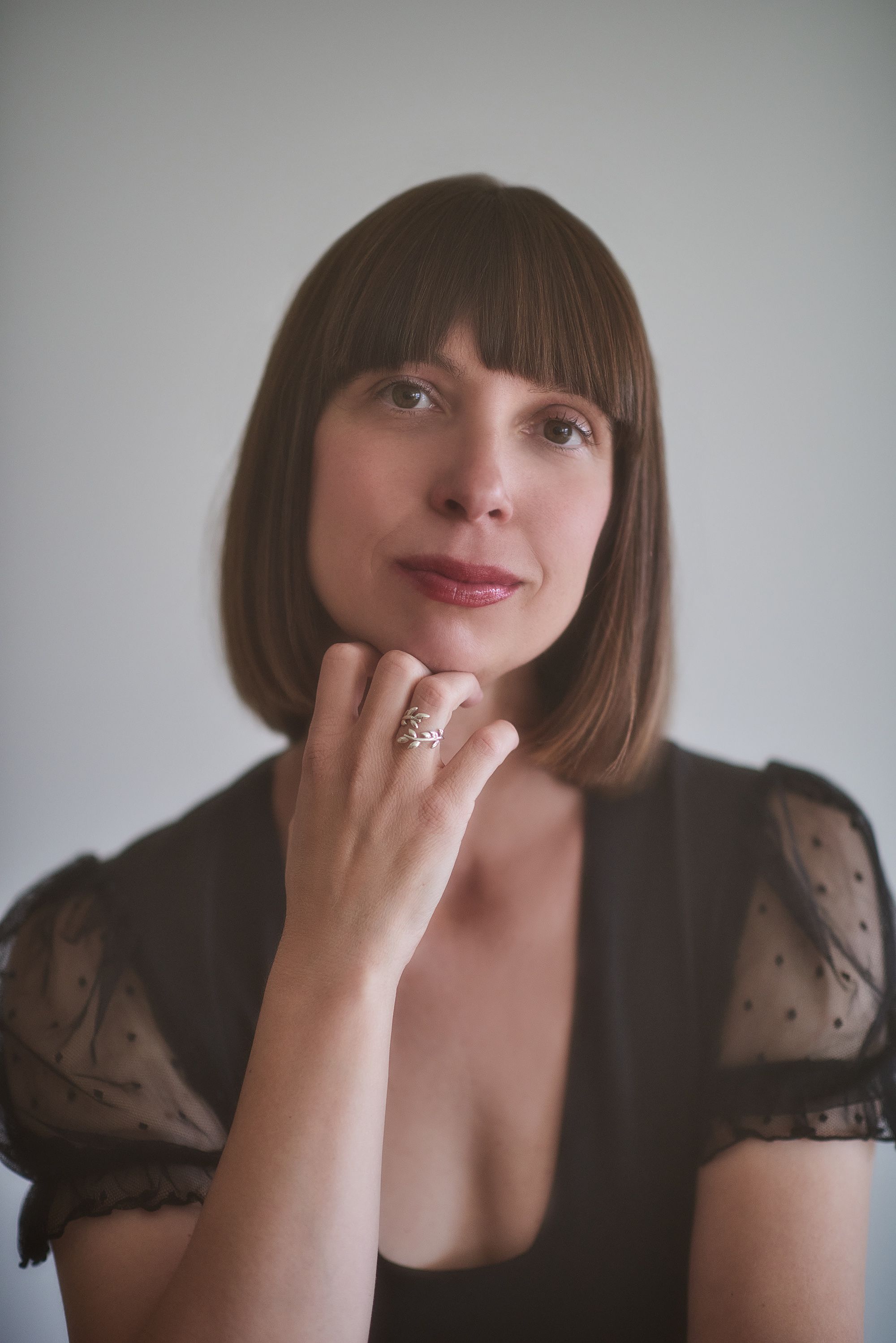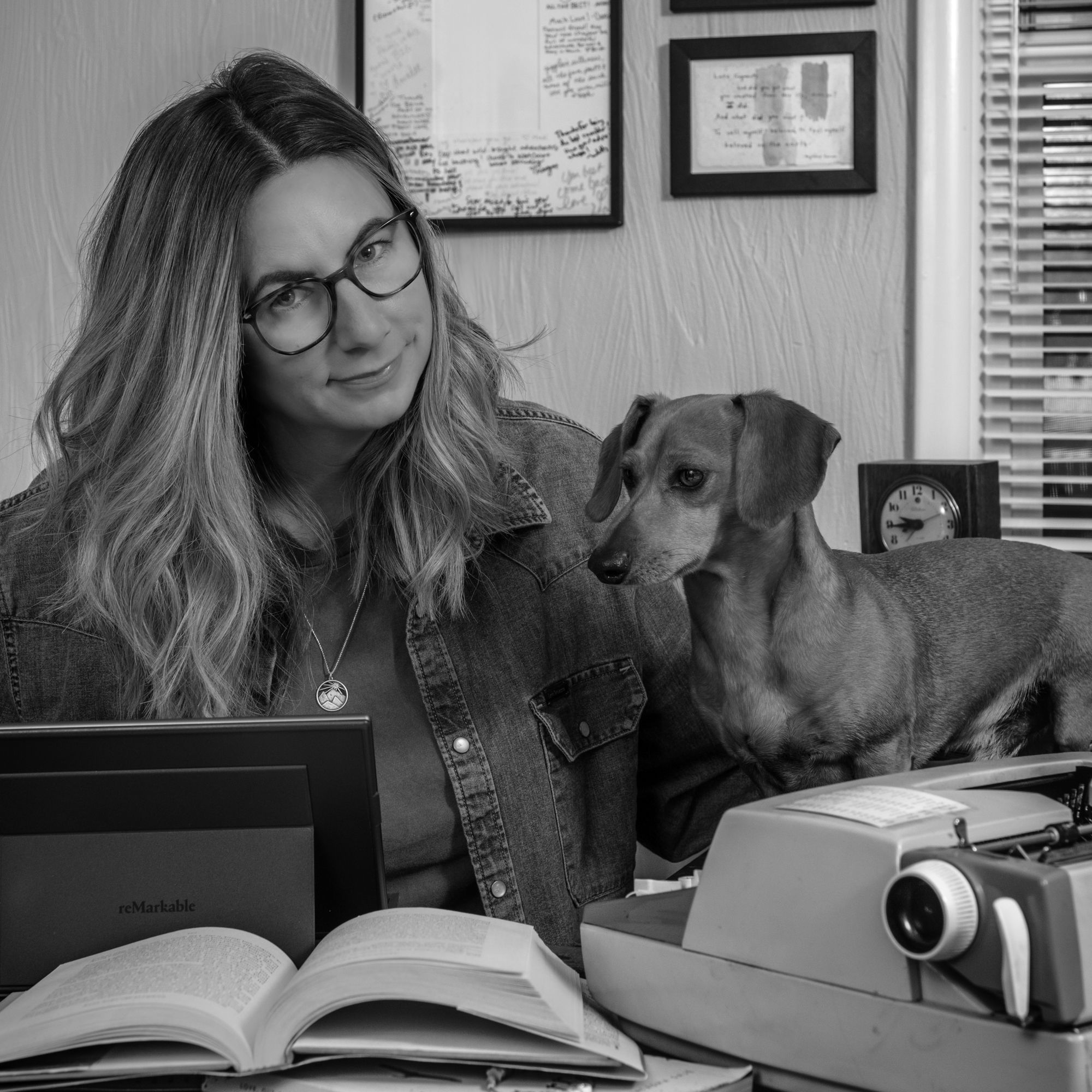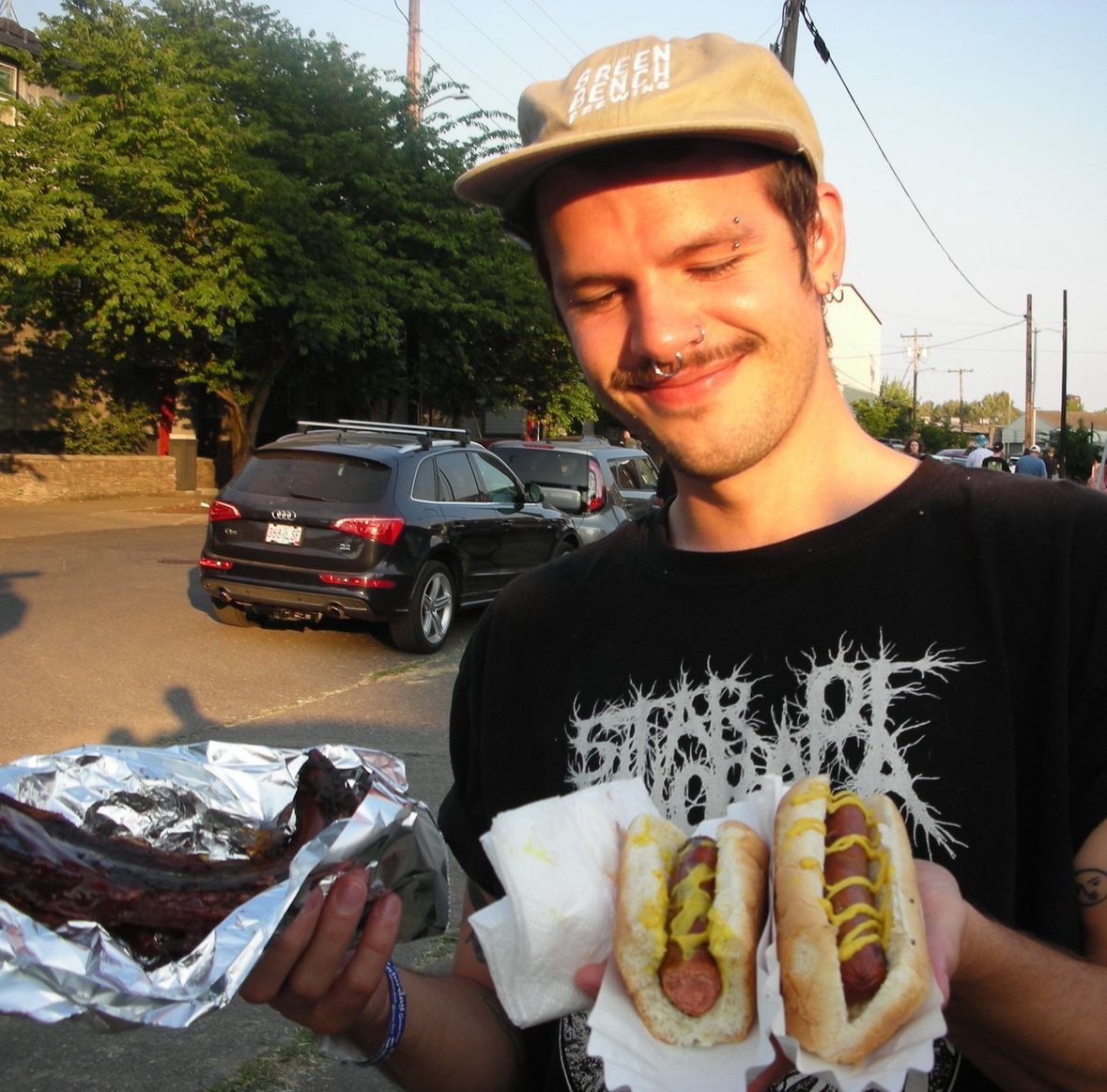Jamie Li: In your bio, you call yourself an “ecstatic Earth worshiper.” What is your earliest memory of this reverence for the Earth? Where do you think all of that comes from?
Jacqueline Suskin: I remember this moment where I turned over this flagstone in my backyard. I must have been three, maybe younger. But I remember looking at the earth under this stone and all of these earthworms were there. Even at that young age, I was just mesmerized. I'm an only child so I had all of these uninterrupted moments with the Earth as a young person. I was able to build this rapport and this mythology that has only continued to grow and grow and grow.
I think “ecstatic Earth worshiper” came from Annie Dillard. Someone told me that a long time ago and I was like, “That's me!” I like the word ecstatic because I'm an enthusiast. I think bringing that energy through writing helps other people engage with it. Also, the idea of worship balances that with this grounding, rootedness that I feel that exists because I live on planet Earth.
JL: The book’s sections are divided by seasons. How did you decide to start with winter?
JS: Winter is my favorite season for creative practice. And it also just so happened to be winter, so I was like, really in it. That is when I am finding myself with a lot more spaciousness and time to reflect and go inward. A lot of my creative information comes to me in that time. There's a lot more space for the muse. There's a lot more space for me to not be worried about output. My creativity has time to simmer. I can think of something that's inspiring and then do nothing with it.
I wanted to start with this place of self-reflection, which is where so many of our great ideas come from. Also, it’s the idea that it's okay to rest. It's okay to relax. If you give yourself the permission to tune into this natural rhythm, you might find yourself making better work.
JL: Right, it’s this total expansion of scale. Often, I’m like, ‘Okay, I'm going to write for five hours and then allow myself a one-hour break.’ But then after your book it was like, 'Oh my gosh, the break can be three months.’ I found that so juicy and radical even.
JS: Yes, we don't need to be these automatons all the time. It’s a huge reason for why I wanted to make this book because I was exploring that for myself as an artist. As someone who's written over 40,000 poems and eight books, I'm really proud of all of that, but I also have this deep understanding like, okay, when do you pause and what's your hibernation period look like?
JL: In a recent interview you mentioned that you actually wrote the seasonal sections while you were in that season. Was that deliberate?
JS: This book in particular was so different from anything I've ever written. I didn't have a plan for it. I just knew when I created the pitch it would be around this concept of the seasons. And then I moved to Detroit and got to experience each season as I was writing and that was not planned. It was a very magical thing that happened. That helped me add a lot of flesh to the bones of what I'd already been crafting. So I think that there was an inherent knowing but then tuning into the seasons was a way to help click into these consistent reminders. Like oh, right, I can turn toward the sun now and the sun can give me its message.
JL: So, I'm just at the beginning of my own journey of communing with nature as part of my creative practice as a writer. When you were writing your book, did you have a specific audience in mind?
JS: My hope with this book is that no matter where you're at along the spectrum of engagement with the Earth, you're receiving this information all the time, whether you know it or not, your body is most certainly receiving the information of the seasons. And we can each interpret it on our own timeline. I think that's what's interesting about this book as an offering, it’s a beginning seed of noticing what each season has to offer. Then you can take that and translate it for your own practice, which will be different for everyone.
JL: The book distills a lifetime of your creative practice and aligning with the rhythms of nature. Did you have any new insights come up as you were working on it?
JS: I had all the information from my past and what the seasons told me, but I also knew that I would need to expand on that. I did all this research experimenting with my own practice. Like carefully observing and documenting myself, what works for my writing practice, what I need to do for my body in this season and considered mind body spirit in each season.
One of the most delightful things was recognizing there was still newness for me to find as someone who is obsessed with and who listens to the earth. I think a part of that was the fact that I had moved so I was exploring this new landscape as home but also returning to the place I was born. As I wrote this book my poetic eyes were wide open.
JL: What was the most insightful thing or the most memorable thing that came up for you during that time?
JS: I think there was something about spring that I had not connected to in a long time, which was this very visceral, almost excruciating thing that happens when spring arrives. I think everyone thinks of spring as this amazing moment where it's so beautiful, all the flowers are coming out, and you're coming out of winter. But for me, that was always historically very difficult and raw. Just so much energy all at once. Especially in the stark contrast of the Detroit winter moving into spring. It surprised me how intense it was.
I give this example in the book of when I was living on a farm in northern California. There's a plum tree that blossomed too early. It put out all its blossoms at the first sign of sun. Then winter came back and most of those blossoms blew off in the storms. And that tree didn't produce a lot of fruit that year. I thought about my experience of emerging out of winter and remembering to not do it too quickly. Like it’s not easy to move from one season to the next. Some transitions are easier than others.
JL: There's a chaotic quality to spring. One minute it feels like summer is here. Then another moment you're back in winter.
JS: Yeah, there's a lot to explore there if you can remember that that energy will exist every year. You can prepare yourself for it and be like, “Will I let myself be fully exposed and put myself out there or will I take my time to reenter the world?”
JL: The book includes prompts, guidance by month, poems from other writers as well. How did you decide what you wanted to include in this book?
JS: If I'm creating something, usually there's a specific theme or thesis. It helps me to see other writers who have written about this or something similar, like a tradition or a voice that's being carried through the ages. As I was writing the book, I would look at what was the most beneficial or impactful for me and that's what I would put in. There were questions that I would reflect on for myself. This book is a toolkit with my own personal proof. It’s a starting point for other people to question what their personal proof is. You could take whatever you want from it and tweak that for your own approach.
JL: I also loved the idea of having a “creative altar.” Where did that idea come from?
JS: Oh my gosh, I've been building altars ever since I was a kid. I used to call it a shrine when I was little because in my mind it was a shrine to nature. It was my collection of little bugs and rocks and feathers and things. I think for the last fifteen years or more, I have sat in front of an altar every morning and every night to ground myself. The practice changes each lunar cycle or whenever it wants to change, it changes. But the creative altar, what exists above my desk, is where I sit and I ground myself. It's all in the same room so it's one big room altar that I sit in while I write. Tuning those things to the seasons helps me revitalize the energy. It’s like a way of holding space for myself and my practice.
JL: As you were describing what is in your space and altar, I realized I also have one going. A couple years ago, my niece handed me this seashell that I now keep on my desk. The meaning I gave to it was to keep seeing the world through her eyes, especially as I write, and to let that curiosity lead me.
JS: That is the perfect example of what I hope for with the book: that everyone has a connection to this already. I think it's available and accessible to everyone and they can tap into it on whatever level they need or want. Someone recently asked me, “How do you keep your connection to the earth?” And I'm like, “To be honest, I just go outside.” I'm not doing these long, complex rituals. It's like any relationship that is already committed, devoted, and long-lived. I'm just in it all the time and I'm constantly trying to turn to it whenever I can. The remembering is everything. These objects in my altar, these practices and prompts, they're all ways to help me remember to maintain my relationship with the Earth.
There's so much going on in our world that takes us away from the simplicity and bounty that exists for all of us. I received all this information from that bounty. I'm a conduit that it passes through. It's more of an honor than a job. The seasons are changing under the weight of our presence and under the great weight of climate change. The seasons will change and continue to change in our lifetime, but our bodies will still look for that rhythm. So we better learn it while we can.

